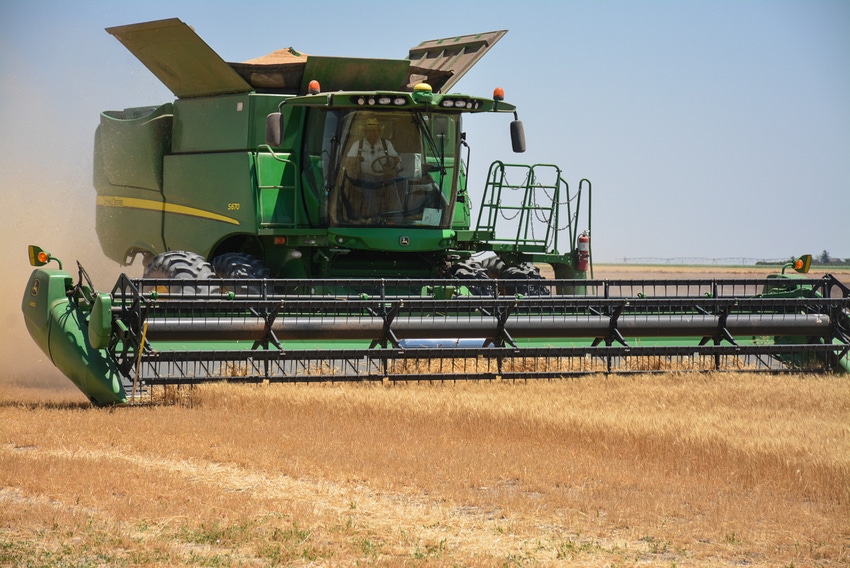
An ever-declining water table on the Southern High Plains, coupled with drought, has growers looking at alternative water management plans and crops.
Lamb County grower Tullie Struve, who planted wheat only on his dryland acres in 2017, plans to plant wheat on some of his irrigated acres to divert irrigation water to a different time of the year. “If I take acres out of production, I’ll be watering wheat in the fall through the spring, and I won’t be watering those acres through the summer,” says Struve, who grows cotton and corn.
Fields planted in wheat this fall, will be followed by cotton or corn in the summer of 2020. “We’re not necessarily planting wheat because we can make money, but because it allows us to have something on those acres instead of nothing,” he explains. “Wheat isn’t a money-maker; we’ve tried it before. But I don’t have much choice this time. I’ve either got to get some wheat planted, hope for some winter rain, not put much into it ,and make a little bit of a living — or if not, I’ll just use the wheat for cover.”
While Struve’s 2017 wheat crop was a mixed bag of disappointing test weights and low yields due to the drought, he says he’s planting a new variety this year, Avery — new to him, at least. “I don’t know that it’s necessarily new, but I think as they improve these varieties’ disease package and drought tolerance, you either have to go with the newest, most improved variety, or you don’t stay on top.”
Avery is a hard red winter wheat developed by Colorado State University, a cross between TAM 112 and Byrd, with resistance to wheat curl mite and green bug.
As far as fertilizing the 2018 wheat crop, Struve says he may pull soil samples to see what’s there in terms of fertility, but otherwise he’ll be waiting on a rain. “If we catch some winter and/or spring rains and the wheat looks like it's going to make something, we’ll fertilize accordingly. But I’m not going to do much ahead of time, at least not right now.”
2017 CROP: LITTLE RAIN
The 2017 wheat crop was plagued by a lack of significant moisture, high temperatures, and gusting winds, and yields, not surprisingly, were low. But in some cases, the crop still had good test weights, says Grain Marketer Brent Wilhelm, Ag Producer Co-op, at Olton.
“Less quantity sometimes makes better quality,” he says. “The quality was better than it has been the last couple of years. It just seems the way Mother Nature works.”
While the grain looked small, test weights averaged above 60 pounds per bushel, while the first few samples the co-op received had protein levels rated at 12 percent or more. “The protein and test weights held pretty well — it was really kind of surprising,” Wilhelm says.
“It’s amazing there was even any wheat out there, considering that a lot of it received less than an inch of rain from the time it was planted until it was harvested.”
According to the Climate Prediction Center’s August 13 update, there is about a 60 percent chance of an El Niño in the Northern Hemisphere this fall (September-November), increasing to about 70 percent during the winter months.
About the Author(s)
You May Also Like






